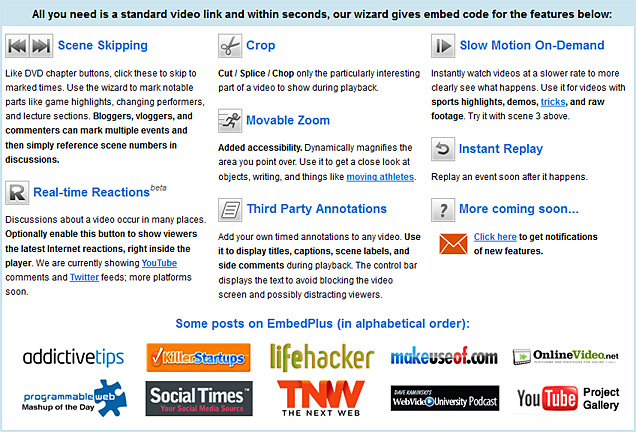Rehearsing your choir with YouTube — from ChoraleNet.org
From DSC:
This reminds me of an idea I was trying to get off the ground, entitled, “Choir Practice.”
Rehearsing your choir with YouTube — from ChoraleNet.org
From DSC:
This reminds me of an idea I was trying to get off the ground, entitled, “Choir Practice.”
–My thanks to Mr. Adam Tozer, Calvin College, for these resources.
.
From DSC:
For use with the Epson BrightLink Projector, which can make any surface an interactive whiteboard.
.Some of the sessions being offered include:
Evidence of learning online: Assessment beyond the paper — from CampusTechnology.com by Judith Boettcher
…learning designer Judith Boettcher examines online assessment strategies beyond the traditional end-of-term paper.
Excerpts:
Professional Work Products
Interviews
The interview medium is a very flexible communication tool and can be used by both faculty and students for demonstrating understanding and eliciting the state of concept development. Here are some possible strategies that can require research, critical thinking, and writing.
Audio, Video, and Visual Projects
What about other media such as audio and video projects? Today’s learners live surrounded by audio and video and the tools that make it possible for everyone to create and produce audio and video products. Here are some of the possibilities with audio and video spaces.
Blogs
Blogs are a very underutilized writing space. Blogs share many characteristics with journals and thus can capture snapshots of what learners are thinking, and when; plus they often can also capture the sources of some of their thinking. Blogs help learners understand the growth cycle of learning new concepts and how and why they think the way they do. Here are some ideas on how blogs, both personal and class, might be used.
Wikis
-My thanks to Mr. Michael Haan, Calvin College, for this resource
Also see:
Embedplus.com — resource and quote below from Shola ‘Tay’ Omojokun, Co-founder, EmbedPlus.com
EmbedPlus can allow users to seamlessly and freely upgrade the videos they embed with attractive features that the standard YouTube player does not currently offer. It was recently mentioned to me that supported features like annotations and scene editing would be useful for teachers wanting to mark up lecture, demo, and videos posted on wikis, blogs, etc. Slow motion and zoom can have some useful applications for art, nature, and science videos.
.

EmbedPlus as an educational tool for videos
.
From DSC:
With the increase of digital video, digital storytelling, lecture capture, and other related educational technologies, this tool may be helpful to you. Thanks Tay for the resource.
Addendum on 2-18-11 — also see:
Drill Down: Mobile Devices in Education — from The Journal
.
.
Also see: